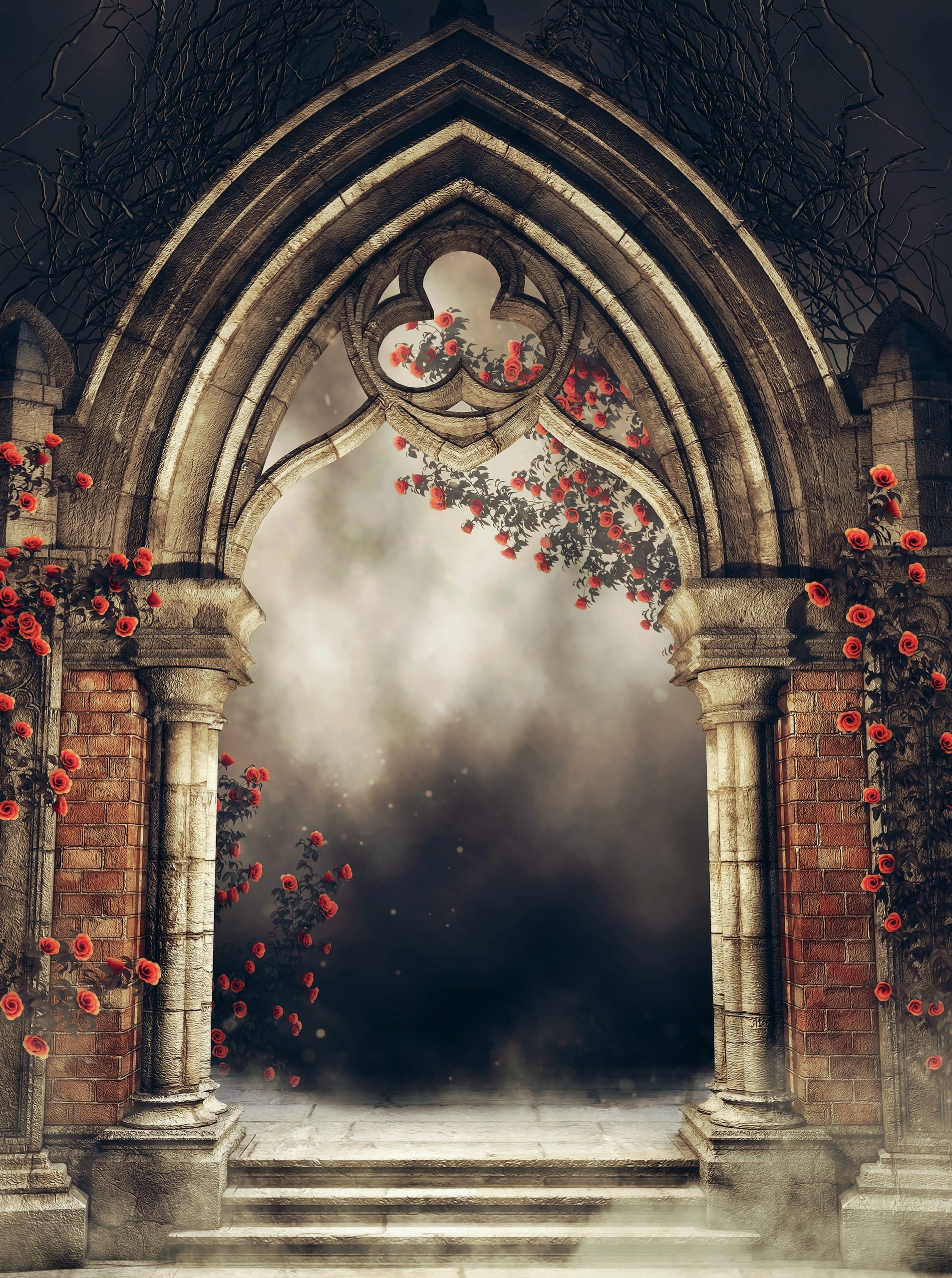
OCR: Paper 2 Comparative and contextual study: ‘The Gothic’
A reader opening Bram Stoker’s Dracula might think they had picked up the wrong book. Its narrator, Jonathan Harker, is a young solicitor on his first business trip.His style of writing is ordered and methodical and his account starts more like a travel journal than a piece of Gothic fiction. He comes across as an earnest, clever, but slightly absurd young man who makes rather fussy observations about the lateness of the trains — ‘should have arrived at 6.46, but the train was an hour late’ (p. 3). Embedded in this irritation is the ingrained superiority felt by the Victorian occident over the Orient: ‘It seems to me that the further East you go the more unpunctual are the trains’ (p. 4). Harker’s patronising use of the word ‘East’ encompasses the patronising attitude of imperial Western society which the post-colonial critic Edward Said exposed in his seminal work Orientalism (1978). To Harker, ‘the East’ (which here includes the remoter regions of Europe) is decidedly backward and in need of modern discipline.
Your organisation does not have access to this article.
Sign up today to give your students the edge they need to achieve their best grades with subject expertise
Subscribe




